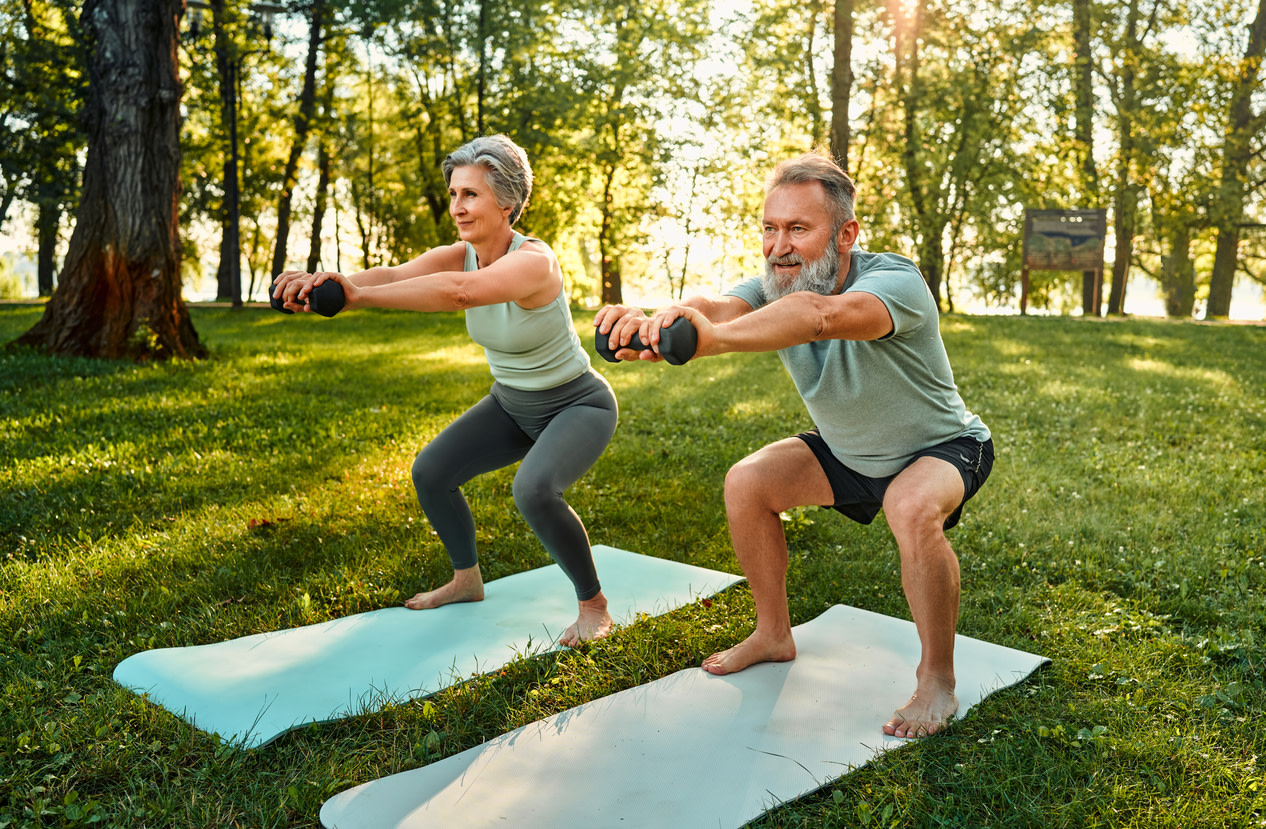10 Knee Strengthening Exercises, Recommended by Physical Therapists
Learn about the importance of knee strengthening exercises and which ones are recommended by physical therapists.
$0 costo para usted
Última actualización: Oct 23, 2025
El índice
Fully covered knee pain relief
Find relief from knee pain, knee locking, stiff knees, & more.
Check if I'm eligible1. Hamstring Curl
Rizo de isquiotibiales
Este ejercicio utiliza los músculos de la parte posterior del muslo para levantar la parte inferior de la pierna, activando al mismo tiempo los isquiotibiales y los glúteos. A medida que te fortaleces, puedes agregar una banda de resistencia como un desafío adicional.
1. Hamstring Curl
Rizo de isquiotibiales
Este ejercicio utiliza los músculos de la parte posterior del muslo para levantar la parte inferior de la pierna, activando al mismo tiempo los isquiotibiales y los glúteos. A medida que te fortaleces, puedes agregar una banda de resistencia como un desafío adicional.
2. Knee Extension
Extensión de rodilla
Al sentarte, la carga sobre el tendón rotuliano es menor. A medida que te fortaleces, puedes agregar más resistencia con una banda o tobilleras con peso.
2. Knee Extension
Extensión de rodilla
Al sentarte, la carga sobre el tendón rotuliano es menor. A medida que te fortaleces, puedes agregar más resistencia con una banda o tobilleras con peso.
3. Straight Leg Raise
Levanta la pierna recta
Este movimiento fortalece los cuádiles y los músculos flexores de la cadera. Este puede ser un gran movimiento si tienes osteoartritis más avanzada; tiende a ser menos irritante para la rodilla.
3. Straight Leg Raise
Levanta la pierna recta
Este movimiento fortalece los cuádiles y los músculos flexores de la cadera. Este puede ser un gran movimiento si tienes osteoartritis más avanzada; tiende a ser menos irritante para la rodilla.
4. Squat
4. Squat
5. Calf Raises
Calf Raises
5. Calf Raises
Calf Raises
6. Mini Lunges
6. Mini Lunges
7. Forward Step Up
7. Forward Step Up
9. Side Lying Leg Raise
Elevación lateral de piernas en el suelo
Ayuda a fortalecer los músculos abductores de la cadera, los músculos de la parte exterior de la articulación de la cadera.
9. Side Lying Leg Raise
Elevación lateral de piernas en el suelo
Ayuda a fortalecer los músculos abductores de la cadera, los músculos de la parte exterior de la articulación de la cadera.
